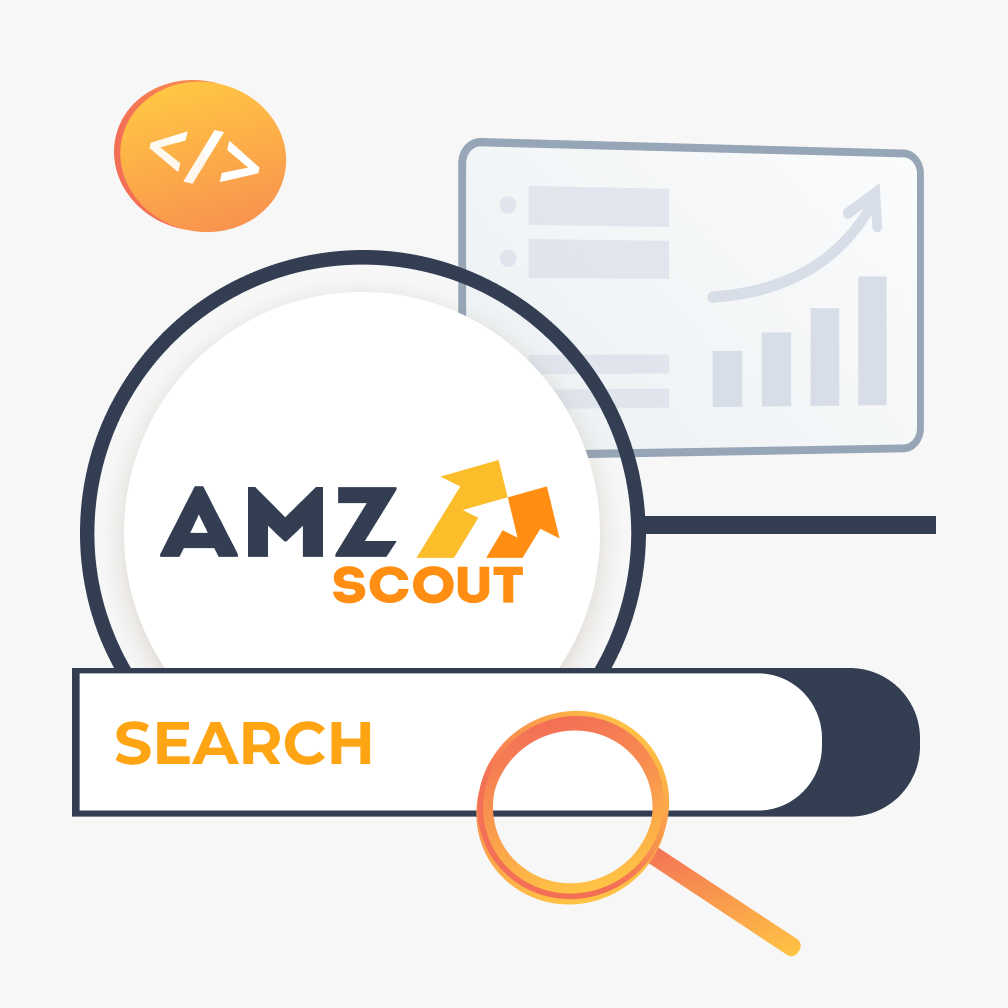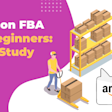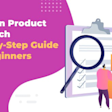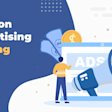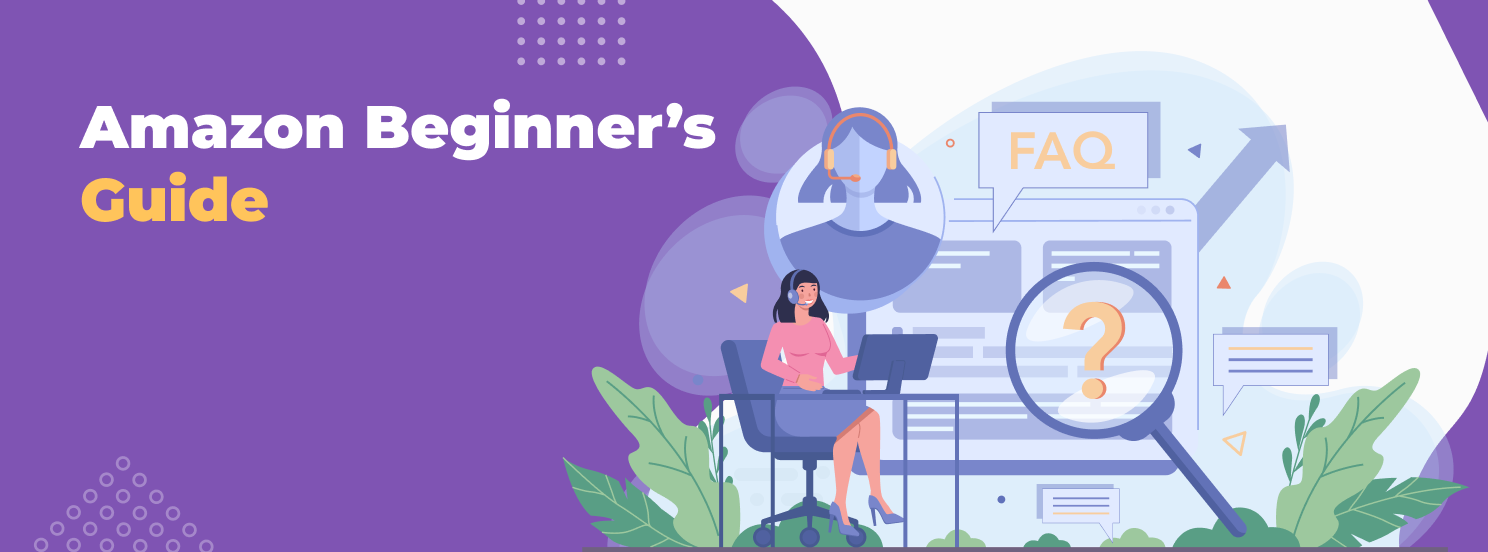
Amazon Selling FAQs for Beginners
Getting started on Amazon can feel both exciting and overwhelming. With so many rules, tools, and strategies out there, it’s natural to have plenty of questions, whether it’s about setting up your account, finding the right products, handling suppliers, or making your listings stand out.
In this guide, we’ll walk through the most common beginner FAQs step by step. From registration and product research to logistics, marketing, and strategies, you’ll get clear, practical answers, plus a look at how AMZScout can make your journey smoother.
Table of contents
1. Registration & Getting Started
Starting your Amazon journey begins with setting up your seller account, which is the first step toward turning your ideas into sales. Choosing the right account type and understanding the registration process can save you time, money, and headaches down the road.
How do I open an Amazon Seller Account (Individual vs Professional)?
Individual: No subscription fee, but $0.99 per sale. Best if you plan to sell fewer than 40 items a month.
Professional: $39.99/month, no per-sale fee, plus access to advertising, advanced reporting, and bulk listing tools.
Do I need a company, or can I sell as an individual?
You can start as an individual, but most sellers eventually register a company for taxes, liability protection, and better supplier trust.
What documents does Amazon check during registration?
Passport or government-issued ID.
Bank statement or utility bill (for address verification).
Bank card for payments/fees.
How much money do I need to start?
Minimum: $500–$1,000 (for retail/online arbitrage or small wholesale orders).
Private Label: $3,000–$5,000+.
With AMZScout’s FBA Calculator, you can estimate exact costs and margins for your chosen product.
2. Product Research
Finding the right product is one of the most important steps for any new Amazon seller. A smart choice can set you up for steady sales, while a poor choice can slow your progress. Here’s how to research effectively and confidently.
How do I know if a product will sell?
Start by checking the Best Seller Rank (BSR): the lower the number, the more frequently the product is selling. Tools like AMZScout Product Database and the PRO AI Extension allow you to analyze sales volume, demand trends, and seasonal patterns. These insights help you choose products that have consistent demand rather than fleeting popularity.
What categories are best for beginners?
Some categories are more beginner-friendly because they have steady demand, lower barriers to entry, and fewer restrictions. Consider:
Home & Kitchen.
Sports & Fitness.
Pet Supplies.
Toys (excluding highly restricted brands).
How do I check the competition?
Competition is a key factor. Using AMZScout, you can review competitors’ pricing history, monthly revenue, number of reviews, and overall seller strength. A strong signal for beginners: products where the top 10 sellers have fewer than 200 reviews but maintain consistent demand. This indicates room to enter the market without facing overwhelming competition.
What free/cheap tools can I use?
If you’re starting on a budget, take advantage of AMZScout’s free trial and the free FBA calculator to get a sense of potential profitability before committing.
Can I sell branded products like Nike, Apple, or Lego?
Generally, no. These brands are gated and require official invoices to sell legally. For beginners, it’s safer to focus on ungated products or private-label options, where you can build your own brand without legal hurdles.
3. Logistics & Suppliers
Once you’ve found a product, the next step is figuring out how to get it into your hands and eventually into Amazon’s warehouses. Logistics and suppliers can feel complicated at first, but breaking it down step by step makes it manageable.
Where do I find suppliers?
Popular options include Alibaba, 1688, and local distributors. For beginners testing a product or small quantities, local wholesalers are often a convenient and lower-risk option. They let you validate demand before committing to larger orders overseas.
How do I calculate product cost and profit margin with FBA fees?
landed cost = supplier price + shipping to Amazon + customs/taxes.
Profit margin = Sale price – (landed cost + Amazon fees).
AMZScout Calculator automatically shows profit margins, ROI, and fees.
Should I choose FBA or FBM?
FBA (Fulfillment by Amazon): Higher fees, but Amazon handles storage, packaging, shipping, and returns. This is usually the best choice for beginners who want to focus on sales rather than logistics.
FBM (Fulfilled by Merchant): Lower fees, but you’re responsible for shipping, storage, and customer service. This can work for niche products or very small inventories.
How do I send products to Amazon warehouses?
Create a shipment plan in Seller Central. You can ship directly from your supplier or use a prep center to handle labeling, packaging, and inspections before your products reach Amazon.
How do I check product quality before shipping?
Quality control is crucial. Always order samples from your supplier first. For larger orders, consider hiring a third-party inspection service at the factory to ensure everything meets your standards before it ships.
4. Listings & Marketing
Creating a strong listing and marketing your product effectively are essential steps to turning clicks into sales. The way you present your product can make a huge difference in conversion rates, so it’s worth investing time upfront.
How do I write a good title and description?
Your title should include relevant keywords and clearly communicate the main benefit of your product. Bullet points should focus on benefits, not just features, highlighting how your product solves a problem or improves the customer’s life. Keep your description clear, simple, and structured, making it easy for shoppers to scan.
Tools like AMZScout Keyword Search help you find profitable keywords, while the AMZScout AI Listing Builder can streamline the writing process.
What product photos convert best?
Main image on a white background.
Lifestyle photos showing the product in use.
Infographics with size, features, and benefits.
Do I need A+ Content right away?
Not immediately. A+ Content is only available after Brand Registry, but it can boost conversions once enabled by providing more engaging visuals, charts, and enhanced descriptions. Consider planning for it as you grow your brand.
How do I get reviews when starting out?
Provide excellent customer service.
Use Amazon’s Request a Review button.
Offer discounts/coupons for early sales (within Amazon’s rules).
How does Amazon PPC work, and how much does it cost?
Amazon PPC (Pay-Per-Click) lets you bid on keywords, paying each time someone clicks your ad. Costs vary by niche, typically $0.20 to $2+ per click. Tools like AMZScout can help you identify less competitive but profitable keywords, so you can get maximum ROI without overspending.
5. Finance & Risks
Understanding fees, taxes, and best practices is key to maintaining a profitable and sustainable Amazon business. Planning ahead can save you from costly mistakes and account issues.
How much does Amazon take in fees?
Amazon charges around 15% referral fees on most products. If you use FBA (Fulfillment by Amazon), there are additional storage, picking, packing, and shipping fees. To avoid surprises, tools like the AMZScout PRO AI Extension can provide precise profit estimates before you commit to any product.
What taxes do I need to pay?
Tax obligations vary by country. In the U.S., Amazon usually collects sales tax automatically. In Europe, VAT applies, and the process depends on your location and where you store inventory. Make sure to consult a tax professional to stay compliant.
How do I avoid account or listing suspensions?
Don’t sell counterfeit products.
Check if a product is restricted before listing.
Use AMZScout to verify restrictions in advance.
What should I do if I get a negative review?
Negative reviews are an opportunity to improve. Respond politely and professionally, offering a solution where possible. Use the feedback to enhance packaging, shipping, or product quality. Tools like AMZScout AI Review Analyser can help you spot common complaints in your niche so you can proactively avoid similar issues.
When will I see profit?
Profit timelines vary, but most beginners start seeing meaningful returns in 3–6 months, depending on your niche, product selection, and how effectively you run PPC campaigns. Patience, consistent optimization, and careful tracking are key to long-term success.
6. Strategies
Choosing the right business model and planning for growth are essential to long-term success on Amazon. Understanding your options and how to scale efficiently can save both time and money.
Which model should I start with: Private Label, Wholesale, Online Arbitrage, or Dropshipping?
Online Arbitrage/Wholesale: Low-risk and ideal for beginners. You can start with as little as $500–$1,000 while testing demand and learning the ropes.
Private Label: Requires a higher upfront investment but offers the best long-term potential for building your own brand and higher profit margins.
Dropshipping: Risky and only allowed if you’re the official seller of record. Many accounts are suspended for dropshipping violations, so proceed with caution.
Can I start with a little money?
Absolutely. Online arbitrage and wholesale models allow you to test products without a large budget. Tools like AMZScout help you identify low-cost products with solid demand, so even beginners can get started safely.
How can I scale quickly?
Continuously add new products.
Optimize listings and pricing to boost conversions.
Expand your PPC campaigns strategically.
Track competitors in AMZScout PRO AI to see which products are taking off.
How do I tell a trending product from a short-term fad?
Use historical sales data to differentiate trends from hype. Products with consistent sales for 6–12 months are more likely to be sustainable. Sudden spikes that drop quickly (like fidget spinners) are typically short-term fads. Tools like AMZScout historical sales charts make spotting these patterns easier and help you make informed decisions.
Final Takeaway
Amazon remains a profitable marketplace in 2025, but success isn’t automatic. It comes from smart product research, careful budgeting, and savvy advertising.
Tools like AMZScout give beginners a real advantage, letting you analyze demand, size up the competition, calculate margins, and sidestep costly mistakes before you even place an order. With the right strategy and insights, your first Amazon venture can be both smarter and more confident.

